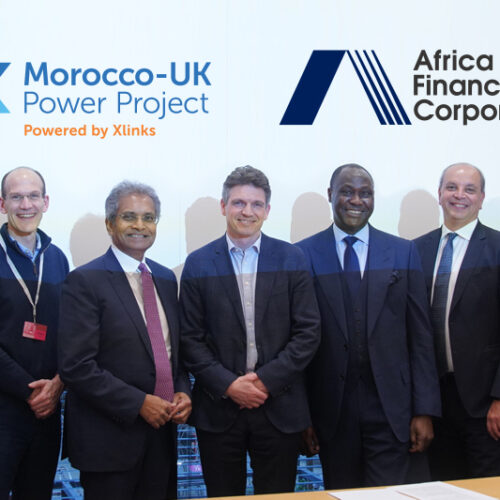As the UK energy industry continues to rollout renewable generation capacity at pace, the spotlight has fallen on grid connections.
National Grid ESO has a key role in ensuring the correct measures are in place to allow the UK energy sector to prosper as it transitions to a net zero future, ensuring the capacity that is coming online both meets demand and is kept balanced at all times.
But what innovative projects are the ESO currently exploring to support grid connectivity? In Part 2 of Current± Explores: The Grid Connection Conundrum, we spoke to National Grid ESO to find out how the organisation is tackling grid connectivity.
Attempts to solve the TEC register
With “over 300GW of accepted connections” in the Transmission Entry Capacity (TEC) register according to Pete Aston, specialist connections engineer at Roadnight Taylor, management of the application process for obtaining a grid connection has become one of the most important areas to innovate. With no intervention, the register will continue to become “clogged” due to the ever growing pipeline of proposed projects.
“In the immediate future we are currently running an amnesty for connections on the TEC which will look to incentivise companies that are unlikely to deliver on their connection offer to leave the TEC register,” says a spokesperson from National Grid ESO.
TEC amnesty is a process run by the ESO, in partnership with Transmissions Owners (TOs), whereby all parties with Connections Agreements listed on the TEC register are asked to confirm whether they would be willing to terminate their agreement at minimal or no cost, or reduce their TEC. This could allow new projects, with a greater likelihood of being accepted, to be fast-tracked onto the grid.
Beyond this, National Grid ESO is exploring additional measures to manage the TEC register with hopes to create an easier process for projects to be connected to the grid.
“Building upon the TEC amnesty we have raised a Connection and Use of System Code (CUSC) modification to deliver queue management (QM), a process by which the ESO would have greater powers to remove projects from the connections process that have stalled and are unlikely to deliver. This would also free up space on the TEC register, enabling us to speed up the connections process,” says National Grid ESO.
This was also raised in September 2022, and the CMP 376 modification is still subject to approval.
If approved by Elexon, which administers the balancing and settlement code, it would allow projects that are ready to connect to the grid to do so ahead of projects that have applied earlier but are not ready or able to progress. In essence, moving away from a ‘first-come-first-served’ system that fails to take into account the complexity of bringing the vast array of projects seeking grid connections online.
The modification will also introduce contractual milestones that customers must meet to retain their place in the connection queue.
Connection reforms to spearhead the net zero system
As part of National Grid ESO’s attempts to rectify grid connectivity delays, the organisation is also exploring potential reforms in the connection process.
“We are currently undertaking a broader GB Connections Reform project to outline how we can deliver further reforms to the connections process. In December we published our phase one report on the case for change and are currently working on the next phase of this project that will include the ESO’s view of potential solutions later this year,” says a spokesperson from National Grid.
The second case phase is set to be released in Q2 of 2023. This will include a presentation on solutions, proposed changes and processes. Alongside this, a timeline will be established for the development of an implementation strategy and mechanism as well as an indication of necessary changes to codes, legislation and regulatory frameworks.
The next stage in this development will be the implementation phase, which will be closely followed by project close. In this implementation phase, also scheduled for Q2 2023, the project will focus on updates and changes to regulatory, code and contract frameworks. This will look to introduce new processes internally and externally and develop a portal to accommodate changes to processes.
The project close will review outcomes of the Connection Reform activity, measure success and produce a project closure report. This will identify ways to ensure business as usual and spearhead an evolution in ways of working with grid connections.




